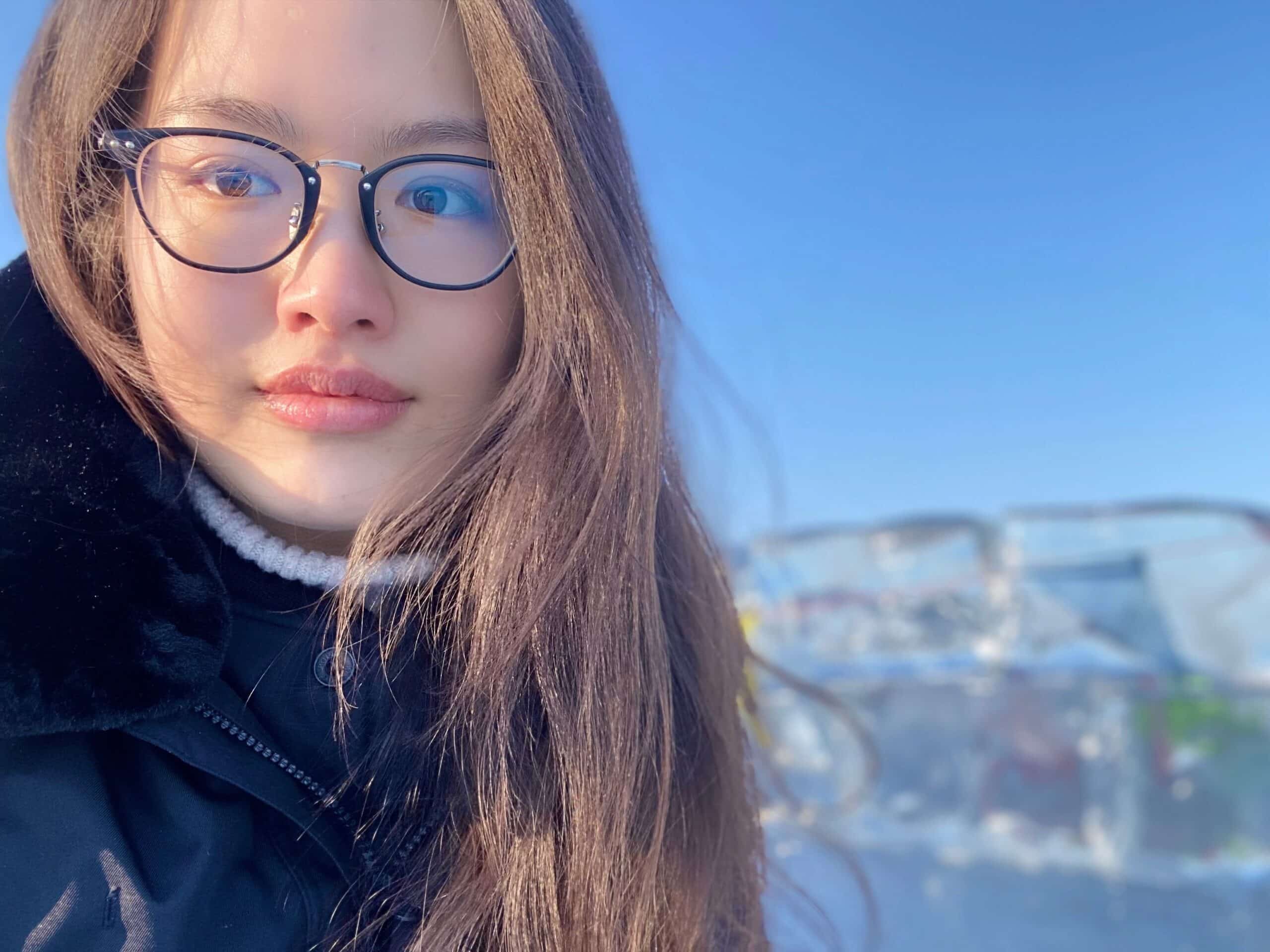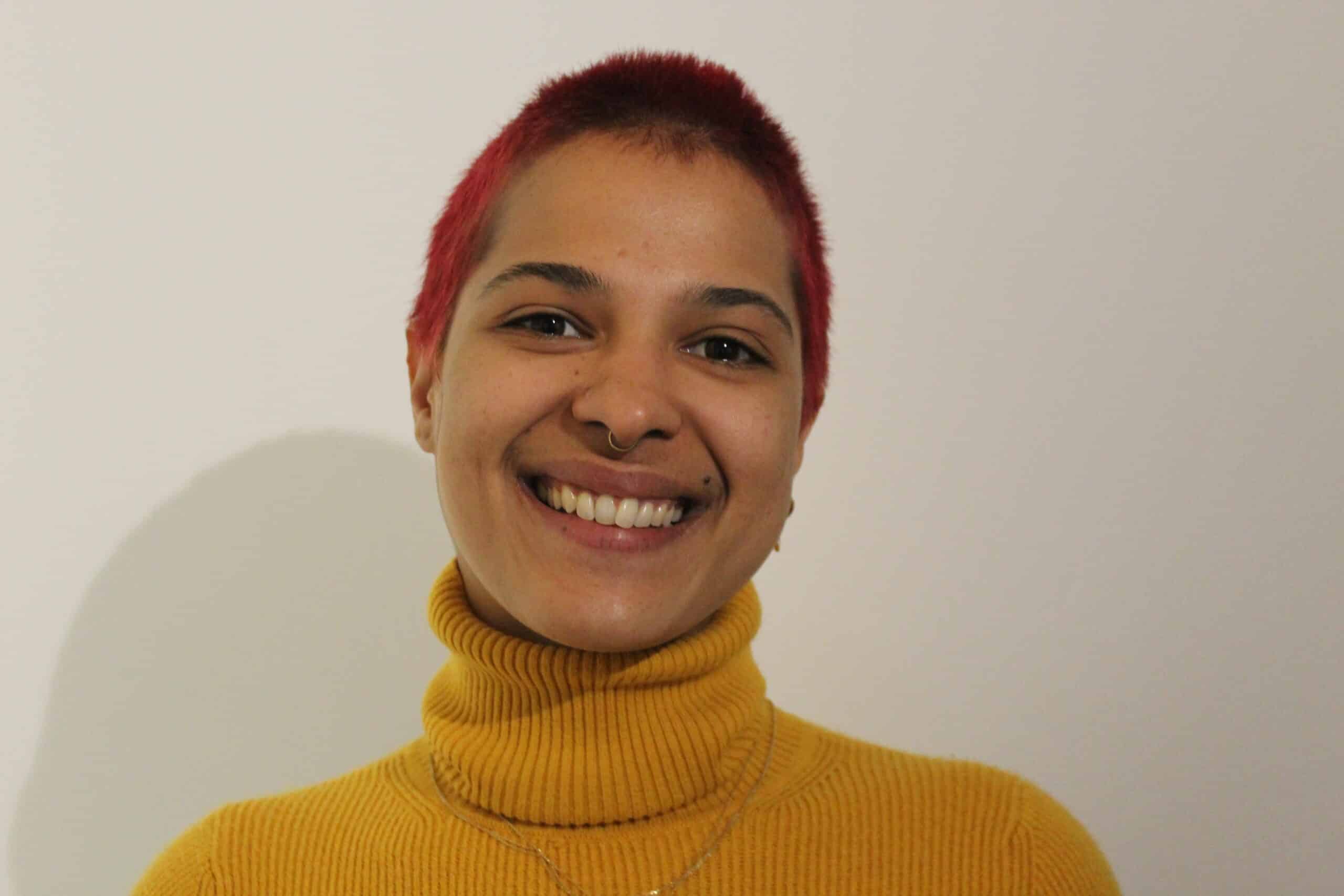Art production is one of the most crucial aspects of game development as game art is the first thing that players are attracted to, and a key determinant of their gameplay experience.
While the game artist role is one of the most sought-after in the industry, there’s a huge variety of specializations available that many may not be aware of. Besides concept and character art roles, there are other creative roles such as in technical art, animation, rigging, and lighting that play an equally important role in the making of games.
On 15 April, we celebrate World Art Day by giving recognition to our global and diverse group of artists who flex their creativity and are dedicated to honing their craft, and helping us bring to life some of the best-looking AAA games available today.
We interviewed five talented artists based in our Los Angeles, Dublin, Shanghai, Ho Chi Minh City, and Montreal studios to find out more about their respective roles, what they do behind the scenes, and what makes their roles in game development special.
Mason Gardner, Lead Animator, CounterPunch – A Virtuos Studio

Mason Gardner, Lead Animator, CounterPunch – A Virtuos Studio
“My interest in art was sparked at a young age thanks to my father, who is an artist. As a kid, I would watch him draw pictures of my favorite cartoon or video game characters for my brother and me. I thought it was the coolest thing and was inspired to draw as well as him.
In a similar way, my interest specifically for art in games was sparked when I watched the making of Halo 2 on DVD. In the documentary, they showed clips of animators explaining their creative process and showing shots they were working on. Seeing how art is made is my inspiration.
As an animator, something that I find special about facial animation for games is how much it helps characters become even more believable and helps the audience connect to those characters more.
With the evolving technology for facial rigs and facial mocap software, we can capture more realistic details from the actors’ performances and put those into characters. The mix between art and technology in animation truly distinguishes it from other art forms.”
Yago Perez, Lead Environment Artist, Black Shamrock – A Virtuos Studio

Yago Perez, Lead Environment Artist, Black Shamrock – A Virtuos Studio
“I was first introduced to video games on the MSX and Atari by my uncle. Later on, I received my first game console, the Mega Drive, which was pretty much love at first sight for me. Apart from that, I’ve always loved drawing comics and designing things, so that, coupled with my passion for games, made game development easily the best career path to pick.
As environment artists, we play an important part in creating worlds that players can fall in love with.
I studied and worked for a few years as an architect before making the switch to game development. That invaluable experience gave me a better understanding of environment creation and spaces, which isn’t something you obtain from getting a Master’s degree in video game development, which mainly focuses on the tools used in art development for games.”
Chen Meixin, Senior Lighting Artist, Virtuos Shanghai

Chen Meixin, Senior Lighting Artist, Virtuos Shanghai
“My interest in art was cultivated from an early age. As I have dyslexia, I enjoy reading fashion magazines and comics much more than reading and writing. As a child, that was also when my interest in design blossomed.
Before I became a lighting artist, I was a 3D modeler and my experience helped me better understand the concept and logic behind structures and material, which was very relevant to my role as a lighting artist.
As a lighting artist, what’s unique about lighting work is that the way of expression is very intuitive in nature compared to other art roles. Lighting plays a defining role in the tone and atmosphere of the scene, whether in a performance or in games.”
Mauricio Revuelta Cuauhtli, Associate Art Director, 3D/Rigging, Sparx* – A Virtuos Studio

Mauricio Revuelta Cuauhtli, Associate Art Director, 3D/Rigging, Sparx* – A Virtuos Studio
“I’ve always been a very curious person, and I spent a lot of time as a kid trying to understand how different things move and work. I really enjoy watching movies and cartoons, so when it was time to choose a professional path, I decided to pick up graphic design, which was one of the few ways to pursue 3D animation. In school, I learned many skills, such as lighting, color, contrast, composition, communication, and user experience. Eventually, I found my passion in game cinematics as I love the action-packed nature of game cinematics in short formats.
I continued to dive deeper into the 3D animation pipeline and stumbled upon rigging. Rigging is the creation of digital skeletons for 3D models, which I really enjoy due to the technical aspect of it. These skeletons or rigs are like puppets with a bone structure or hierarchy, which define the movements of a character, creature, or object, like a dragon flapping its wings or a person moving his face and mouth when talking or the wheels of a vehicle rotating.
Rigging involves both artistic and technical approaches, differentiating it from other art forms.
As a rigger, you need to understand human and creature anatomy (modeling) and locomotion (animation) to achieve good deformations, but it also involves a small technical part, which includes some coding and math to be able to automate some of the most repetitive tasks in our workflows.”
Lena Labonte, Concept Artist, Virtuos Montreal

Lena Labonte, Concept Artist, Virtuos Montreal
“One of my first passions, when I was young, was to tell and create stories through writing and drawing. What I really like about art is the ability to create a whole new world directly from your head. Everything is possible. The challenge in concept art is making what you create believable.
A concept artist’s job is a lot more than simply creating pretty illustrations but rather more of a problem-solving role in itself. In concept art, it is important to make sure that every constraint is respected, and that the logic remains consistent.
It can be quite a challenge to draw and create something that makes sense. This is part of what makes our job fun! It’s like solving a Rubik’s Cube (even if I don’t have enough patience to complete one!).”
A Big Thank-You to Our Artists
All artists play a huge part in creating great games regardless of their specialization. We’d like to thank all of our artists for working tirelessly to deliver high-quality games to players all over the world.
To date, games are perhaps one of the most interactive, immersive and experiential forms of art. At Virtuos, we welcome all passionate artists to join us, flex your creativity, and make games better together with us!

